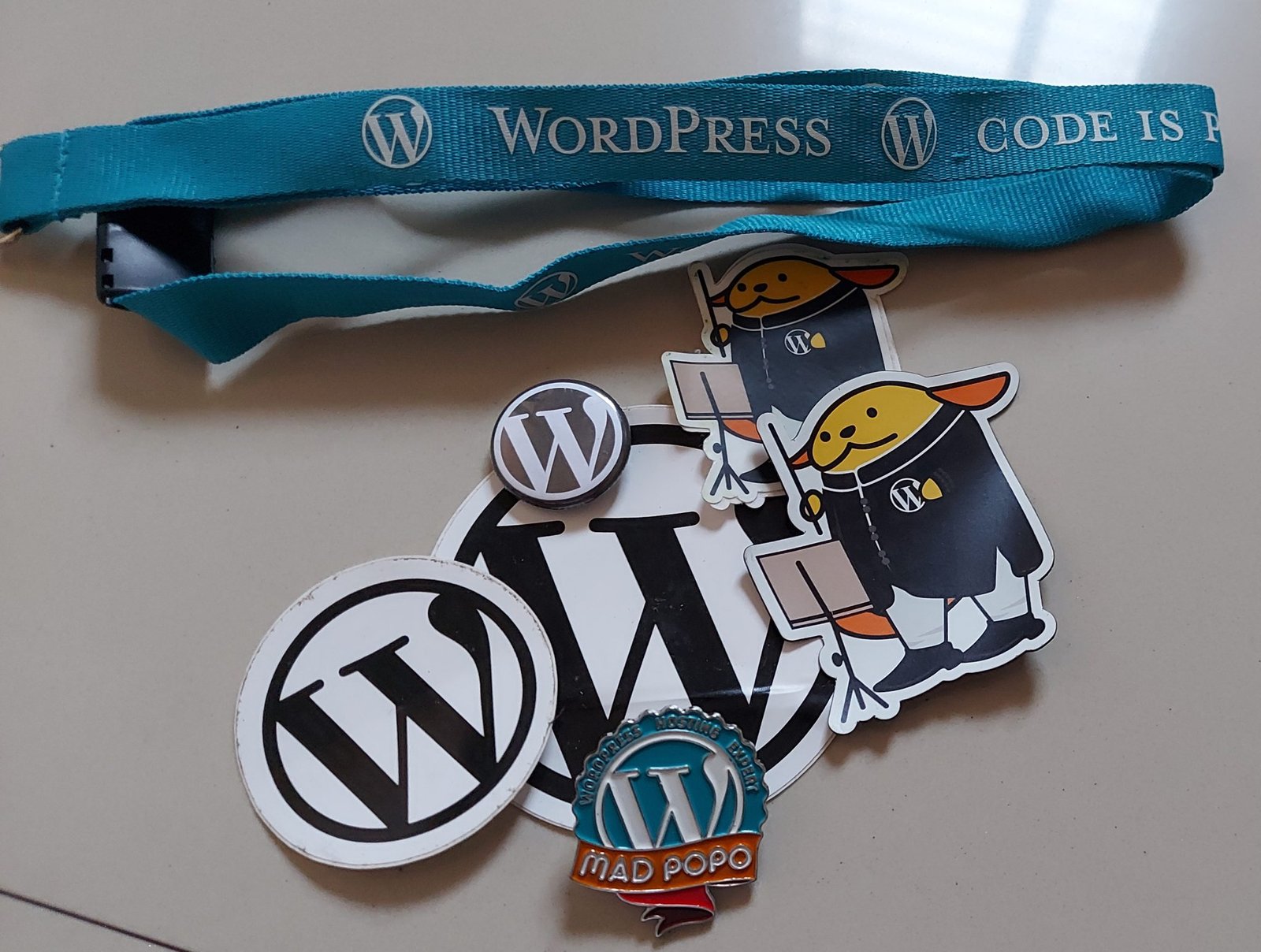WordPress, the renowned content management system (CMS), has come a long way since its inception. In this blog post, we will explore the timeline of WordPress’s popularity and the factors that contributed to its rise.
The Birth of WordPress
WordPress was first released to the world on May 27, 2003, by its co-founders Matt Mullenweg and Mike Little. Initially, it started as a simple blogging platform, offering an easy and intuitive way for individuals to create and manage their own blogs.
Early Adoption and Growth
As the internet landscape evolved, so did WordPress. The platform gained traction and popularity among bloggers due to its user-friendly interface, customizable themes, and extensive plugin ecosystem. By 2005, WordPress had already become a go-to choice for bloggers around the world.
However, it wasn’t just bloggers who recognized the potential of WordPress. Developers and businesses began to see its versatility and started utilizing it for more than just blogging. The introduction of custom post types and advanced theme frameworks allowed WordPress to power a wide range of websites, including e-commerce stores, corporate websites, and online magazines.
The Rise of Themes and Plugins
One of the key factors that contributed to WordPress’s popularity was the availability of themes and plugins. Themes allowed users to change the look and feel of their websites without any coding knowledge, while plugins extended the functionality of WordPress by adding features and integrations.
The WordPress community quickly embraced these opportunities, and developers started creating an abundance of themes and plugins. This made it easier for users to customize their websites and add specific functionalities, further fueling WordPress’s growth.
Open Source and Community-driven Development
Another crucial aspect of WordPress’s success is its open-source nature. Being open source means that the source code is freely available for anyone to use, modify, and distribute. This not only encourages innovation but also fosters a vibrant community of contributors.
The WordPress community consists of developers, designers, bloggers, and enthusiasts who actively contribute to the development and improvement of the platform. This collaborative effort ensures that WordPress remains up-to-date, secure, and constantly evolving to meet the changing needs of its users.
WordPress’s Impact on the Web
Over the years, WordPress has revolutionized the way websites are created and managed. Its user-friendly interface and extensive customization options have empowered individuals and businesses to establish their online presence without relying on expensive web development services.
WordPress’s popularity has also had a significant impact on the web development industry. It has created a demand for WordPress-specific professionals, including developers, designers, and marketers. The ecosystem around WordPress has grown to include hosting providers, theme and plugin marketplaces, and educational resources.
Continued Growth and Future Prospects
As of today, WordPress powers over 40% of all websites on the internet. Its dominance in the CMS market is a testament to its widespread adoption and continuous development.
The future of WordPress looks promising, with ongoing improvements and innovations. The Gutenberg block editor, introduced in 2018, revolutionized content creation in WordPress, providing a more intuitive and flexible editing experience.
Furthermore, WordPress’s commitment to accessibility, security, and performance ensures that it remains a reliable choice for website owners and developers alike.
In Conclusion
WordPress’s journey to popularity has been remarkable. From its humble beginnings as a blogging platform to becoming the most widely used CMS, WordPress has revolutionized the way websites are created and managed. Its user-friendly interface, extensive customization options, and vibrant community have contributed to its success. As we look to the future, WordPress continues to evolve, promising even more exciting possibilities for individuals and businesses in the ever-changing digital landscape.





